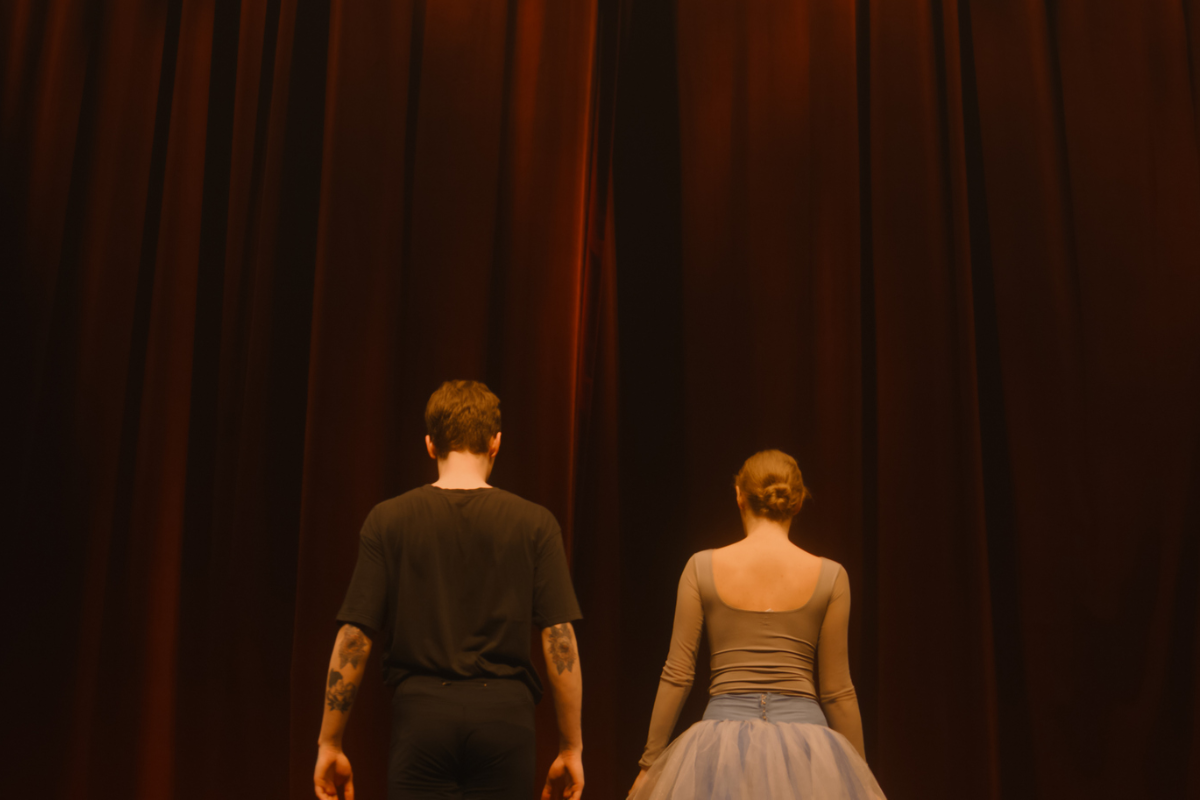
Photo: EvgeniyShkolenko
Gender pay gap progess in some creative sectors
New data show that in some cultural and creative subsectors including music, performance and visual arts, women outearned men in 2023.
Men were paid more than women in the creative and cultural industries in 2023, but the gender pay gap is closing at a faster rate in these sectors than for the UK workforce overall, new figures from the Department of Culture, Media and Sport (DCMS) have shown.
The data for Employment and Annual Population Survey earnings across DCMS sectors showed that in the 12 months leading up to December 2023, men’s median hourly earnings were nearly 20% higher than women's, representing a wider gender pay gap than the average across all UK sectors, which is 15%.
In the creative sector – as defined by DCMS – women earned 19% less than men, while in the cultural sector, it was 15%, though, in the former, both men and women had higher average hourly earnings of £23.08 and £18.69, respectively, compared with £16.73 and £14.43.
READ MORE:
- Gender pay gap within culture sector increases
- EXCLUSIVE: Gender gap dominates latest arts pay figures
However, the figures indicate that the gender pay gap in these fields has narrowed since 2022, when it was 26% in the creative sector and 21% in the cultural sector, with men's average earnings falling year on year and women’s increasing. In 2023 the average gap across the UK grew slightly by 0.7 percentage points.
The findings also showed that a number of cultural subsectors are bucking the trend by not only narrowing the gap but subverting it. In music, performance and visual arts, considered as part of the creative sector, women earned 3.7% more than their male counterparts in 2023, a significant shift from the year before when they were making a third less than men.
In the arts, women also fared better, earning 13% more than men compared with 38% less in 2022.
There was also a flip in the museums, galleries and libraries sector, a subsector of the creative industries, where women earned 23% more than men, in contrast with 23% less in 2022. Considering just museums and galleries as part of the cultural sector, women fared even better, making around 40% more, up from 20% the previous year.
In some cases, though, the gap has widened. Employees working in the operation of historical sites experienced a pay disparity that saw women earn 20% more in 2022, which was reversed in 2023 when they earned 29% less.
Creative and cultural
DCMS defines the creative industries as those that “have their origin in individual creativity, skill and talent and which have a potential for wealth and job creation through the generation and exploitation of intellectual property.”
With 13 sub-sectors, the creative industries encompass advertising, architecture, the art and antique market, design, designer fashion, film and video, interactive leisure software, music, the performing arts, publishing, software and computer games, and television and radio.
Meanwhile, the cultural sector is described "as those industries with a cultural object at the centre of the industry," including radio, photography, crafts, libraries and archives, visual arts and cultural education. However, DCMS notes that there is an overlap where several cultural sector industries are simultaneously creative industries. Across all the creative and cultural industries, the 2023 APS data showed men outearned women in 11 out of 17 subsectors.
The statistics are the second DCMS release on estimated earnings released this year. In April, it published the Annual Survey of Hours and Earnings (ASHE) using employee data sampled from the PAYE system, which it considers to be “more robust” than the APS as it is not reliant on self-reported earnings data.
This year, the AHSE statistics published by DCMS showed that the gender pay gap in the cultural sector had widened for the second consecutive year to 15.2%. This contrasted with falls in the gender pay gap in the creative industries and the UK as a whole over the same period, albeit from higher levels.
Join the Discussion
You must be logged in to post a comment.